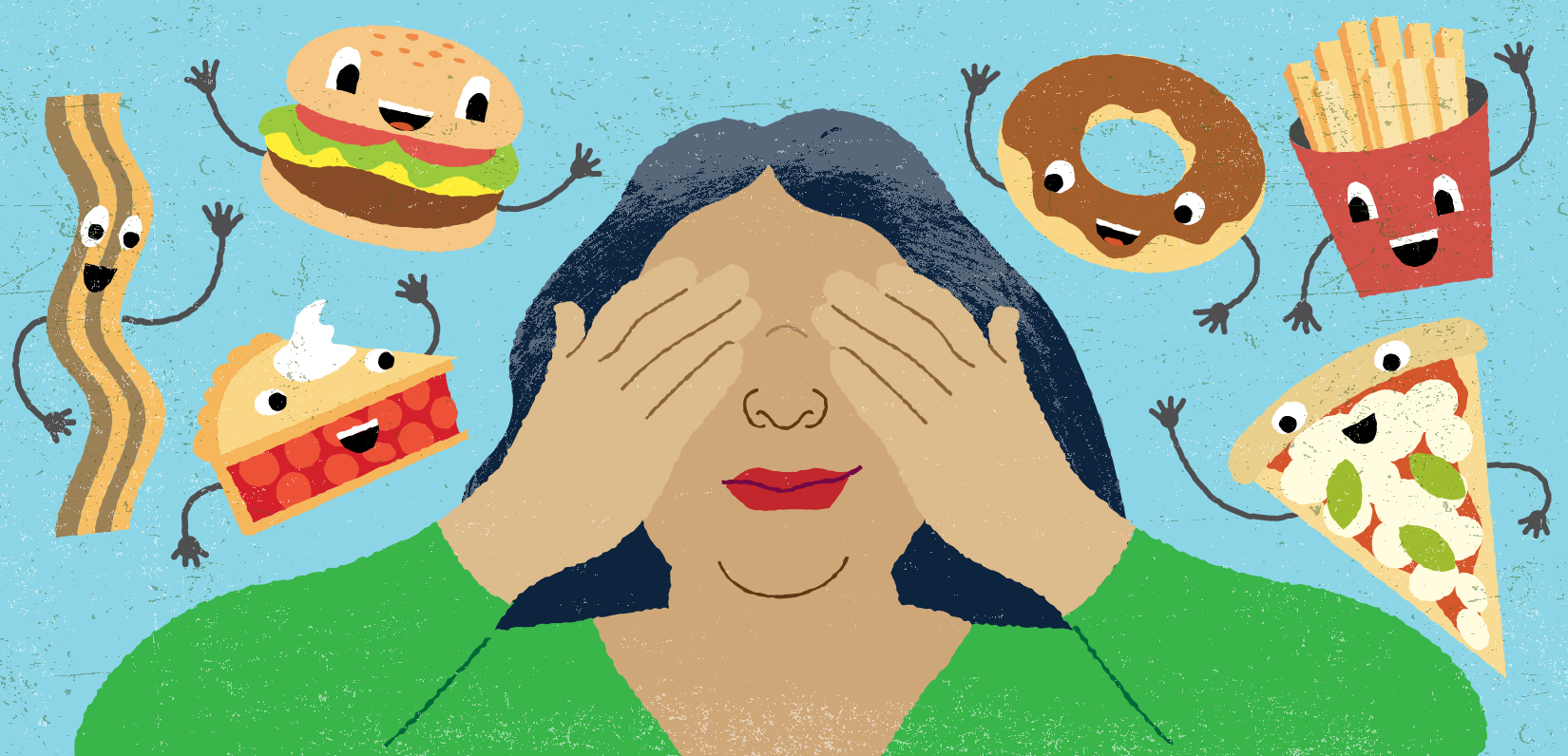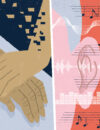The power of suggestion can leave most people drooling at images of bacon, ice cream, cookies. Advertisers of foods recognize this, of course, and so Americans endure a barrage of such images everywhere, every day. One result is better sales. Another is obesity.
In “Randomized Controlled Trial of Effects of Behavioral Weight Loss Treatment on Food Cue Reactivity” (Nursing Research), lead author Ariana Chao and colleagues looked at whether participation in a behavioral weight loss (BWL) program might not only help people lose weight but keep the pounds off by altering brain responses to visual food cues. What researchers learned in a 16-week study of women with obesity (compared to a “wait-list” group of women asked to remain weight stable) was that a brain trained to respond to high-calorie stimuli is tough to rewire through BWL alone. Thus, a potential for weight regain remains a risk.
The good news from the report: Participants in behavioral weight loss, compared with wait-list control, did report significantly greater desire for low-calorie foods.
Not so good: “There were no significant between-group differences in change from baseline to follow-up in any regions of the brain in response to viewing images of high-calorie foods or low-calorie foods. … These results suggest that alteration of neurological processes underlying responsiveness to food is difficult to achieve through behavioral weight management alone.”


